An LTO plate number serves as essential proof of a vehicle’s legitimacy, acting as its identifier for registration, road violations, and compliance with government regulations. However, many motorists find themselves in a frustrating situation, waiting months—sometimes even years—for their plates due to the increasing number of vehicles on the road and the LTO’s challenges in keeping up.
This delay has sparked significant concern, especially with the “No Registration, No Travel” policy, which allows Is Your Plate Ready for Claiming? Check This LTO Plate Number Guide ,enforcers to flag and fine vehicles without license plates. To check if your LTO plate number is available in 2024, you can visit the LTO’s official website or use the LTMS online portal, where you can enter your vehicle’s details for updates. Alternatively, reaching out to LTO customer service or consulting your vehicle dealership can provide further assistance.
Why Do You Need an LTO Plate Number?
The urgency surrounding the prompt release of LTO plate numbers stems from their critical role in vehicle identification and regulation. Along with the Official Receipt (OR) and Certificate of Registration (CR), your LTO plate number serves as your vehicle’s legal identity. This government-issued identifier, typically a slim metal plate affixed to the front and rear bumpers, indicates that your vehicle is properly registered and authorized to travel on public roads.
LTO plate numbers are not just bureaucratic formalities; they play a vital role in ensuring safety and security on the roads. They enable law enforcement to monitor compliance with traffic rules and regulations. A visible plate allows authorities to easily identify vehicles, making it simpler to catch and penalize offenders.
Timeline of LTO Plate Number Developments
-Jan-31-2024-07-36-37-8050-AM.png?width=600&height=400&name=Pics%20for%20blog%20-%20600x400%20(27)-Jan-31-2024-07-36-37-8050-AM.png)
2013: The Land Transportation Office (LTO), in collaboration with the Department of Transportation (DOTr), awarded a manufacturing contract to the joint venture of Knieriem BV Goes and Power Plates Development Concept Inc. This initiative was part of the five-year Motor Vehicle License Plate Standardization Program aimed at modernizing and streamlining the issuance of license plates.
2015: The Commission on Audit (COA) issued a Notice of Disallowance concerning an advance payment of ₱477 million made by the LTO to suppliers in June and July 2014. At that time, of the projected 15 million license plates, only four million had been released, leaving a significant backlog of 11 million plates.
2016: The Supreme Court issued a temporary restraining order (TRO) that prevented the LTO and the Department of Transportation and Communication (DOTC) from distributing 700,000 license plates. This decision arose because the supplier-importer had failed to pay the necessary customs duties.
2018: The Supreme Court lifted the TRO, allowing the distribution of 300,000 license plates for cars and 400,000 for motorcycles. This development, which involved funds amounting to ₱477,901,329, was crucial in addressing the backlog. Additionally, the LTO inaugurated its motor vehicle plate production plant, capable of producing up to 22,400 plates daily.
2021: The LTO began seeking suppliers to help reduce its backlog of 18 million plates, continuing its efforts to meet the demand for vehicle registration.
2022: By September 2022, the backlog had decreased to 11.5 million plates, indicating progress in addressing the longstanding issue.
2023: The LTO announced an ambitious plan to eliminate up to 90% of its motor vehicle license plate backlog by the end of the year. With the help of its own production facility, which operated eight machines, the LTO aimed to produce one million plates monthly, prioritizing both motor vehicles and the larger backlog of motorcycle plates.
2024: The LTO continues its commitment to addressing the backlog of license plates, leveraging advancements in technology and production efficiency. As part of ongoing improvements, the agency enhances its online services, enabling vehicle owners to check the status of their plate numbers and track the distribution process. Additionally, the LTO rolls out initiatives to improve public awareness and transparency regarding the issuance of license plates.
How to Check LTO Plate Number Availability, Claim It, and Apply for a Replacement Plate
How to Verify Your License Plate Availability
-Jan-31-2024-07-37-02-0117-AM.png?width=600&height=400&name=Pics%20for%20blog%20-%20600x400%20(28)-Jan-31-2024-07-37-02-0117-AM.png)
If you’re eager to know whether your LTO plate number is available for release, there are several methods you can use:
- Text Message Verification:
- Send a text in the format:
LTOVEHICLE<space>plate number of your car to 2600. You’ll receive an auto-generated reply containing basic details about your vehicle, such as make, model, manufacturing year, color, last registration date, and any LTO violations.
- Online Web Portal:
- Visit the LTO’s online web portal at lto.net.ph and enter your plate number along with the verification code. (Note: As of now, the website may be down and inaccessible.)
- Contact Your Car Dealer:
- Reach out to the dealer from whom you purchased your vehicle. They might have information regarding the status of your plate number.
- LTO Regional Office:
- Get in touch with the LTO regional office where your vehicle registration was submitted. Check their official Facebook pages for updates.
- LTO Plate Unit Hotline:
- Call the LTO Plate Unit hotline at (02) 8922-9063 local 225 for assistance.
How to Get Your Plate Number From the LTO
To claim your plate number, visit your local LTO branch, district, or extension office. Make sure to bring the following documents:
- Certificate of Registration (CR)
- Latest Official Receipt (OR) of payment
- Government-issued ID
If your CR does not show a printed plate number, the LTO will issue a certification confirming the new plate number assigned to your vehicle, and this will be recorded in their database.
The LTO may request additional documents. For instance, in Central Visayas, you may need to provide an affidavit allowing your dealer to claim your license plates from the regional office.
How to Apply for a Replacement LTO License Plate
If your license plate has been lost or damaged, follow these steps to apply for a replacement:
- File an Affidavit:
- Submit an affidavit of loss or mutilation at the LTO office where your vehicle is registered.
- Prepare Required Documents:
- Gather and submit your Official Receipt (OR), Certificate of Registration (CR), and a clearance from the PNP-Highway Patrol Group.
- Vehicle Inspection:
- The LTO will conduct an inspection of your vehicle and issue an accomplished Motor Vehicle Inspection Report (MVIR).
- Payment:
- Pay the fee for the replacement plate at the cashier and obtain your proof of payment.
- Temporary Authorization:
- You will receive an authorization from the LTO to use an improvised plate, which is valid for 90 days while you wait for your replacement plate.
By following these steps, you can efficiently check your plate number availability, claim it, or apply for a replacement, ensuring that you stay compliant with the LTO regulations.
LTO License Plate Rules Motorists Should Know
✔️ Your Temporary License Plate Should Follow LTO Specs
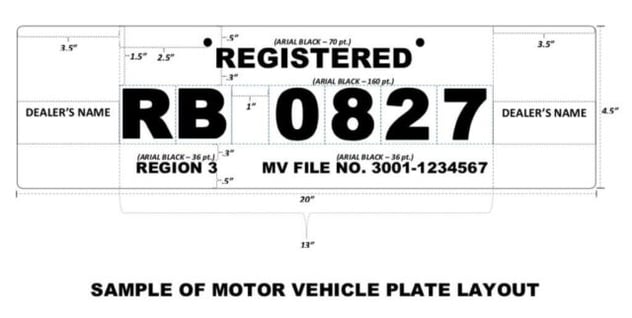
As per a memorandum issued on March 22, 2023, vehicles released since February 15, 2017, can use the attached Conduction Sticker or MV File number as a temporary license plate. Here are the specifications for a compliant temporary plate:
- Conduction Sticker and MV File Number: These must be used as the temporary license plate numbers (the MV file number is found on the Certificate of Registration).
- Material: Reflective and sturdy.
- Font: Arial Black.
- Design: Must adhere to the LTO’s official temporary plate design and layout.
- Dealer Information: The name of the dealer must be displayed at the end of the plate for tricycles and motorcycles, and on the sides for four-wheel vehicles.
Failure to comply may result in fines for dealers, and motorists could be stopped by traffic enforcers if their temporary plates are not standardized.
✔️ There’s a Law for Preventing Motorcycle Crimes
-Jan-31-2024-07-37-24-1096-AM.png?width=600&height=400&name=Pics%20for%20blog%20-%20600x400%20(29)-Jan-31-2024-07-37-24-1096-AM.png)
Under Republic Act 11235, or the Motorcycle Crime Prevention Act (Doble Plaka Law), motorcycles are required to have larger, more readable, color-coded number plates to enhance safety and security. Key points include:
- Plate Display: Motorcycles must have a metal plate at the rear and a decal number plate at the front.
- Color Scheme:
- White background with red characters for government motorcycles.
- Yellow background with black characters for public utility motorcycles.
- White background with a color stripe (region-dependent) for private motorcycles.
- White background with blue characters for diplomatic motorcycles.
- Plate Measurements:
- Decal Plate: 135mm wide x 85mm high.
- Metal Plate: 235mm wide x 135mm high.
Penalties include:
- Fines of ₱20,000 to ₱50,000 for late registration.
- Fines of ₱50,000 to ₱100,000 for driving without a plate.
- Serious penalties for using a motorcycle in the commission of a crime.
✔️ Getting a Vanity Plate Costs More
-Jan-31-2024-07-37-49-4705-AM.png?width=600&height=400&name=Pics%20for%20blog%20-%20600x400%20(30)-Jan-31-2024-07-37-49-4705-AM.png)
While vanity plates can add a personal touch, they come at a significant cost. According to LTO Memorandum Circular No. 2022-2335, the fees for Optional Motor Vehicle Special Plates (OMVSP) range from ₱15,000 to ₱35,000. Additionally, unauthorized commemorative plates can lead to a ₱5,000 fine and confiscation of the plate.
✔️ Driving Without a License Plate Can Get You in Trouble
Driving without a license plate is illegal, and falls under LTO’s No Registration, No Travel policy. If caught, you may face a ₱5,000 fine, and your vehicle could be impounded. Always ensure your vehicle is registered and keep your OR/CR handy while driving.
✔️ Your License Plate Number is Permanent
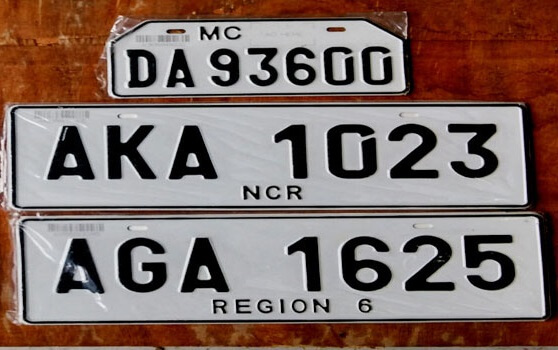
License plate numbers are assigned permanently to vehicles. According to Batas Pambansa Blg. 43, you can only change your plate number if converting a private vehicle to a for-hire status. So, if you’re looking to change your plate for personal reasons, that won’t be possible.
✔️ Beware of Fixers
Avoid dealing with fixers who claim they can expedite the release of your license plate for a fee. Engaging with these individuals only perpetuates corruption. Instead, follow the proper channels for your LTO transactions and seek legitimate ways to expedite processes, like preparing for your LTO exam.
Final Thoughts
The license plate backlog in the Philippines, initiated by the Plate Standardization Program in 2014, remains a significant challenge in 2024. As the LTO strives to meet the growing demand for plates, motorists can only hope for a resolution that enhances the safety and security of vehicle owners and the general public.
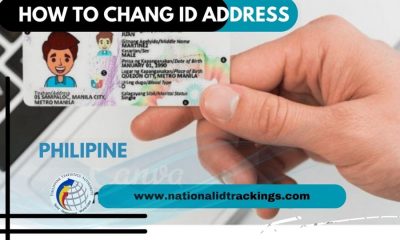
 Uncategorized6 months ago
Uncategorized6 months ago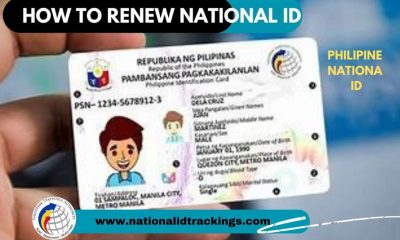
 Uncategorized6 months ago
Uncategorized6 months ago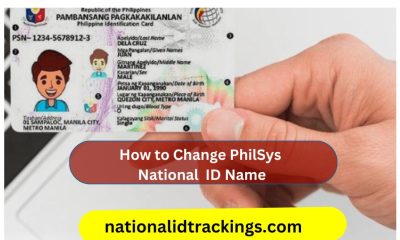
 Uncategorized6 months ago
Uncategorized6 months ago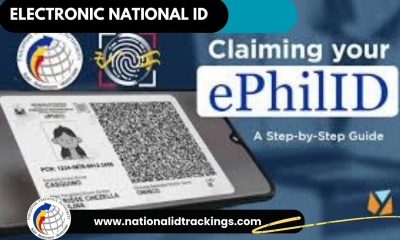
 Uncategorized6 months ago
Uncategorized6 months ago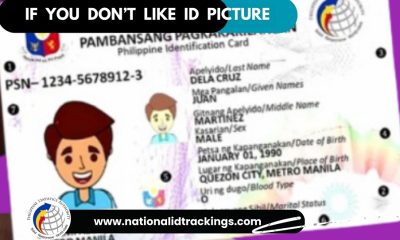
 Uncategorized6 months ago
Uncategorized6 months ago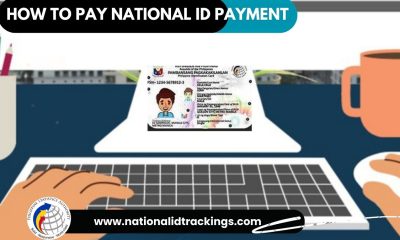
 Uncategorized6 months ago
Uncategorized6 months ago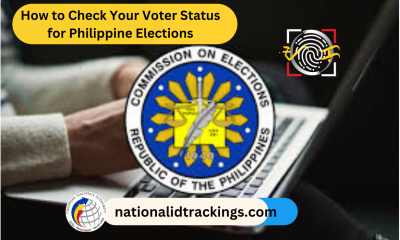
 Uncategorized5 months ago
Uncategorized5 months ago
 Uncategorized5 months ago
Uncategorized5 months ago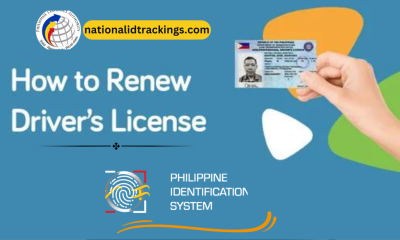
 Uncategorized5 months ago
Uncategorized5 months ago
 Uncategorized3 months ago
Uncategorized3 months ago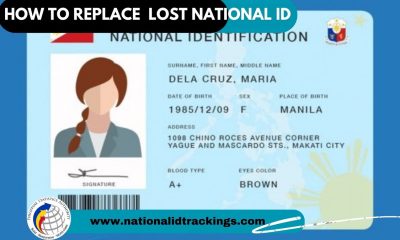
 Uncategorized6 months ago
Uncategorized6 months ago
 Uncategorized6 months ago
Uncategorized6 months ago-Jan-31-2024-07-36-37-8050-AM.png?width=600&height=400&name=Pics%20for%20blog%20-%20600x400%20(27)-Jan-31-2024-07-36-37-8050-AM.png)
-Jan-31-2024-07-37-02-0117-AM.png?width=600&height=400&name=Pics%20for%20blog%20-%20600x400%20(28)-Jan-31-2024-07-37-02-0117-AM.png)

-Jan-31-2024-07-37-24-1096-AM.png?width=600&height=400&name=Pics%20for%20blog%20-%20600x400%20(29)-Jan-31-2024-07-37-24-1096-AM.png)
-Jan-31-2024-07-37-49-4705-AM.png?width=600&height=400&name=Pics%20for%20blog%20-%20600x400%20(30)-Jan-31-2024-07-37-49-4705-AM.png)
